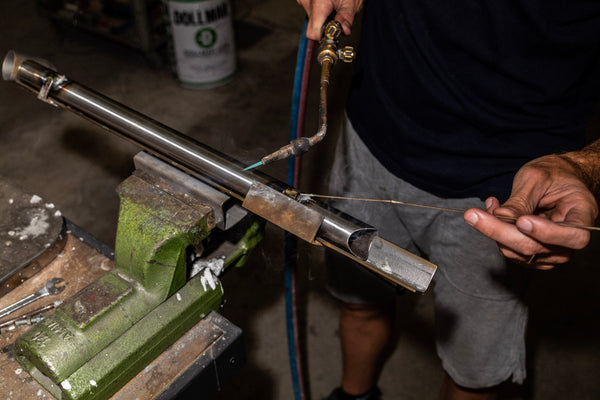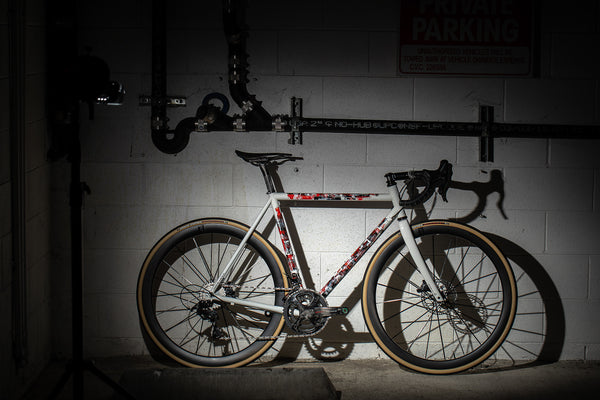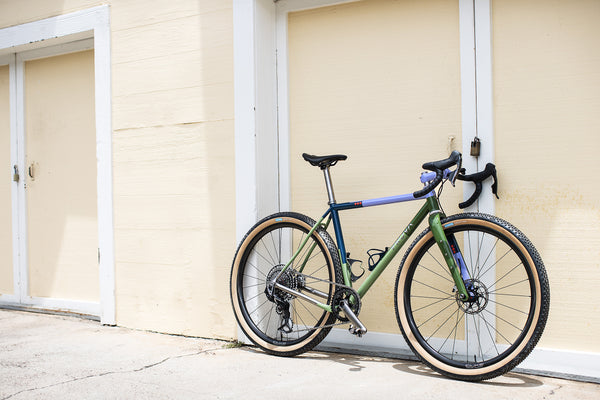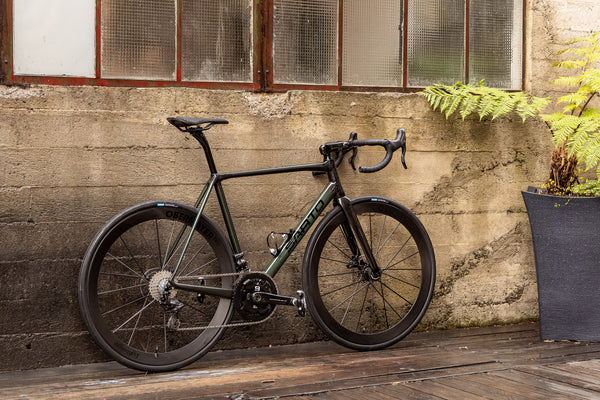As the saying goes, there are no gifts in cycling. It’s a sport that demands your full attention and commitment to be even marginally good at. Aside from the heavy workload on the bike itself, every other aspect of your life will start to be affected when you’re training, including diet, sleep, vacations (that don’t revolve around riding), work, and family life.
That said, there are some that are certainly more gifted than others. I ride with a group of guys who were born V02's that rival the best pros, who can eat anything and everything they want without gaining a pound, and who can train for 2 weeks and get back into shape. In those characteristics, I stand opposite, all while trying to justify the cost of power meters and coaches to them and trying to explain the benefits of a rest day or a set of intervals.
Over the years I’ve come accustom to the training process, and actually like the structure it gives to the day. I typically find myself working more efficiently, eating better, and planning the day so I can get my scheduled ride in. Encompassing that efficiency, the right gear plays a huge roll, including training with power.
It goes without saying that power meters are nothing new; there are many available, and numerous new players that have been released just in the last year. However, the most efficient and still the gold standard is the SRM unit. We’ve chosen to work primarily with SRM over the years since training with power is intrinsically an efficiency game, and in that regard SRM stands alone with the highest accuracy rating of any of the players.
When you hear someone say SRM, you likely focus on the crank of his or her bike where the measurement device lives. Though true, efficiency in training doesn’t just lie there. Since the SRM is ANT+ you can run any device that supports the low power wireless technology, which I’ve personally used the Garmin 500 and 510 with for years. I knew of SRM’s Power Control head unit, but disliked the fact it lacked GPS, and thus, needed a speed sensor to gather the subsequent metrics. This all changed when SRM released the details for the up and coming PC8. Now that the unit had GPS, I could forget about the speed sensor, ditch the Garmin, and still have a file that could be uploaded to Strava. The real benefit is the wildly better user interface on the PC8, as it relates to training and workouts, anyway.
If Garmin is a GPS company, SRM is a training-by-power company, which becomes decidedly apparent when you take your first look at the screen of the PC8. The typical vertical or square screen is replaced by a visually pleasing, easy to read display that prominently lets you know where your metrics currently lie. It almost reminds me of one of those phones made for sight-impaired folk that have huge numbers and big, crisp, clear screens. The benefits of this layout are immediately apparent when you ride with the PC8 for the first time. Even after riding with ‘out front’ Garmin mounts like the Bar Fly (which was an attempt to mimic the placement of the SRM mount in the first place), the data on the screen is much more legible at quick glances.
Adjusting the metric layouts is as easy as choosing a data grid, and simply dragging and dropping your desired metric into a given slot.
Setting up the SRM to your liking is equally painless. I feel like any type of software that came from previous cycling companies, even Garmin, lacked a decent UI, much less any type of support for an Apple OS. Not only is SRM’s desktop software a breeze to learn and use, it performs flawlessly on my Mac, which I greatly appreciate. Adjusting the metric layouts is as easy as choosing a data grid, and simply dragging and dropping your desired metric into a given slot. Your data measurement options cover the entire gamut that any serious athlete would want, even including data metrics from devices that SRM, as a power-measuring device itself, doesn’t support. Compared to my Garmin, the only thing I can see missing is route guidance, which I’ve never used anyhow.
Using the device on the bike does take a little getting used to, especially after using a Garmin for the last 5 years, but the learning curve is very fast and once learned, makes total sense. Flipping through the screens to see current, average, and max power metrics is a button click away, as is your current elevation profile. You can also change settings on the device itself, but that’s much easier with the desktop software.
I think everyone knows that you don’t need a power meter or a PC8 to have fun on your bike. But, if you’re like me and have a demanding work schedule mixed with a natural ability on a bicycle that isn’t exactly something to brag about, combining the SRM crank and PC8 can help you progress forward in your training in the most efficient way possible.
If you’re interested in learning more about training with power or questions about the new PC8, drop us a line. Our first batch of the PC8 has been sold already, but we’re expecting another shipment by late June. Pricing on the units sits right at $700, which is a pretty killer price considering these are all made by hand in Germany.









Back to Journal